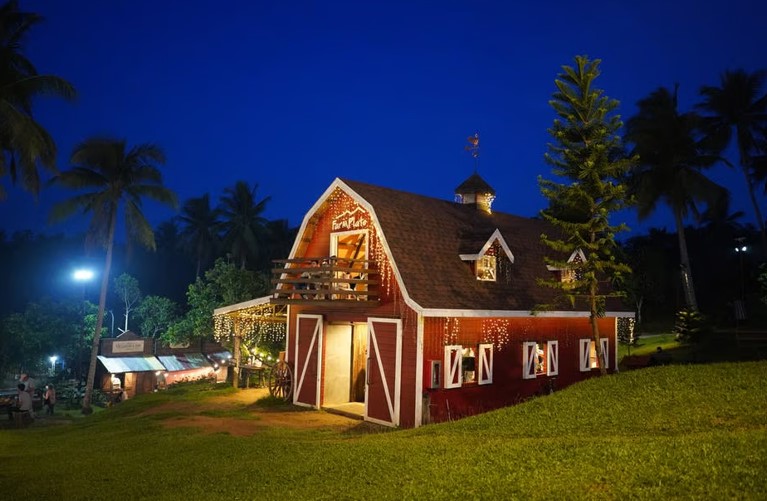The vision of a barn conjures images of rustic charm, a quintessential piece of the American heartland. Whether you're a homesteader, a hobby farmer, an equestrian enthusiast, or appreciate the architectural beauty and practicality, a barn can serve many purposes on your property. Planning a barn isn't just about aesthetics; it's a complex feat that requires forethought, precision, and adherence to various regulations. From the initial idea to the first piece of harvested hay, here's what you must consider when erecting a barn.
Costs and Budgeting
One of the first and most pivotal steps in barn planning is understanding the costs and creating a realistic budget. The price of constructing a barn can vary widely based on factors such as size, materials, location, and customizations. Getting quotes from multiple contractors and considering the cost of materials, labor, permits, and any site preparation work is essential.
Additionally, planning for unexpected expenses is crucial as they are almost inevitable in construction projects. For those seeking detailed financial guidance and tips on saving money during construction, read more about budgeting effectively for your barn project. By meticulously planning your budget, you can avoid overspending and ensure that your barn meets your aesthetic and functional needs without breaking the bank.
Zoning and Regulations
Before a single plank is set on the ground, it's critical to understand the legal landscape of building a barn. Zoning laws can heavily impact what you can build where, and this includes a structure as significant as a barn. Investigate:
- Local ordinances that might dictate the size and type of barn permitted on your property
- Building codes to ensure your design meets or exceeds minimum safety standards
- Required permits and licensing, which can vary significantly
Navigating this bureaucracy is a crucial early step, as overlooking it can result in time-consuming disputes and even the demolition of your new barn.
Purpose and Design
Deciding the main use of your barn impacts all aspects of its planning, design, and building. Whether for livestock, storage, a workshop, or events, the layouts, materials, and features will vary. For example, an animal barn needs good ventilation and waste systems, while a workshop requires strong electrical setups and insulation.
Considering future flexibility in the design allows for adaptability to changing needs or expansions. Blend functionality and aesthetics to ensure the barn complements your property's look. Working with an experienced architect or designer familiar with barn structures is key to balancing practicality and visual appeal.
Location and Size
Choosing the right location for your barn is paramount to its functionality and integration with the surrounding property. It's essential to consider factors like land topography, access to utilities, and proximity to your home or other structures. A well-situated barn simplifies daily operations and minimizes environmental impacts such as drainage issues or erosion.
Size is vital to meet current needs and allow for growth or changes in use. Consider future storage needs, adding more livestock, or expanding operations. Collaborating with a construction expert can help determine your barn's best position and size, meet practical requirements, and consider future possibilities.
Materials and Construction
The choice of materials for your barn greatly affects its durability, maintenance, and appearance. Wooden barns have a classic look but need more upkeep than steel structures, known for longevity and pest resistance. Eco-friendly, locally sourced materials can reduce environmental impact and construction costs.
It's crucial to weigh the pros and cons of different materials in light of your barn's intended use, climate considerations, and personal preferences. Engaging a knowledgeable contractor who understands your vision and the local climate can guide you in making the best choices. Ultimately, the materials and construction methods you choose will set the foundation for a barn that meets your needs, melds your property's aesthetic, and stands the test of time.
Utilities and Amenities
While a traditional barn may not require modern conveniences, such as electricity and plumbing, these are often essential for many modern uses. Depending on your purpose, consider incorporating features like lighting, water sources, or HVAC systems into your barn design. This can significantly add to upfront costs but also increase functionality and comfort in the long run.
Another consideration is including amenities like a loft or office space, which can make the barn more versatile and add value to your property. Consider your current and future needs and how utilities and amenities can support them. Collaborating closely with electricians, plumbers, and other specialists can help ensure all systems are thoughtfully integrated into your barn's design.
Planning and building a barn is a significant project that harmonizes the countryside's natural beauty with the human need for shelter and organization. Whether you see a barn as a home for your horses, a storage space, or a workshop for your agricultural endeavors, each consideration—zoning laws, purpose and design, location and size, materials and construction, utilities and amenities, costs and budgeting, and maintenance—has its part to play in creating the perfect addition to your property.










